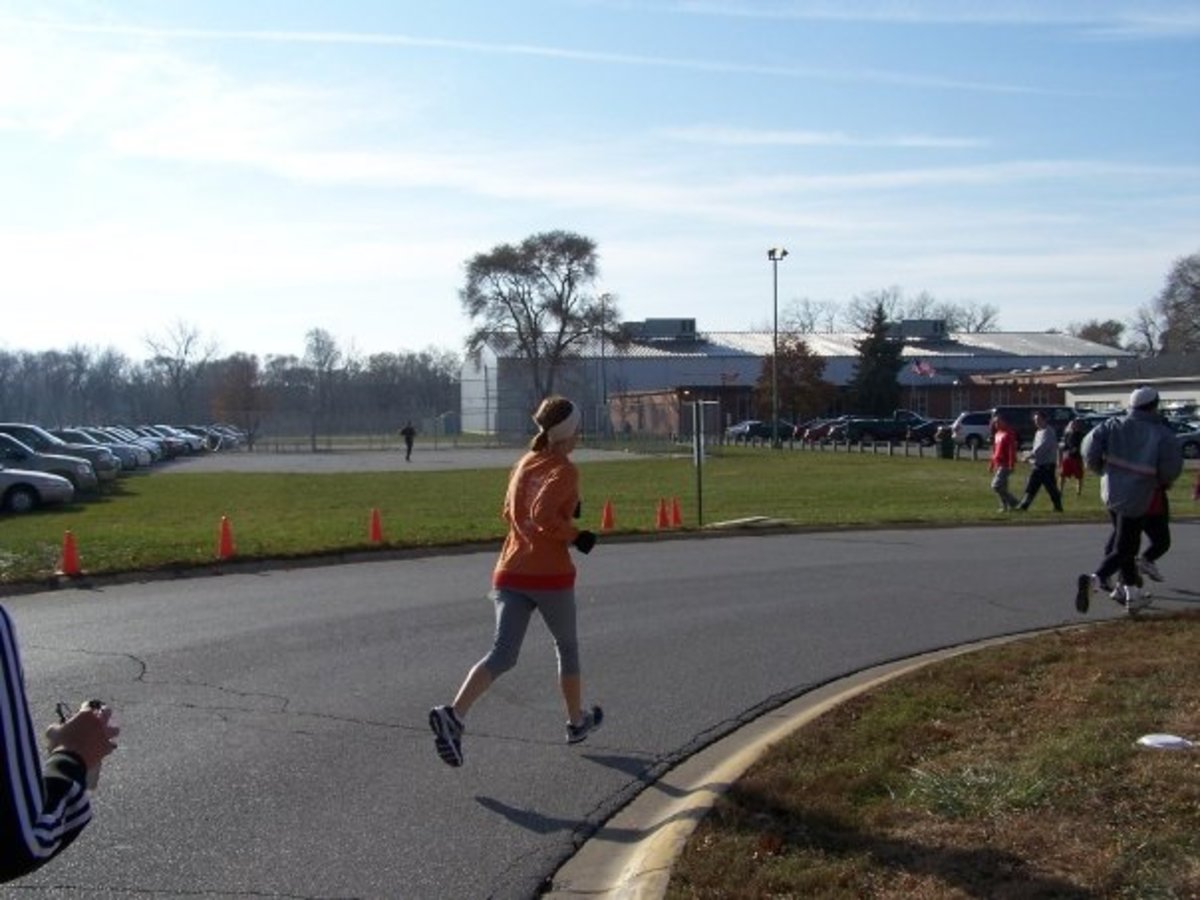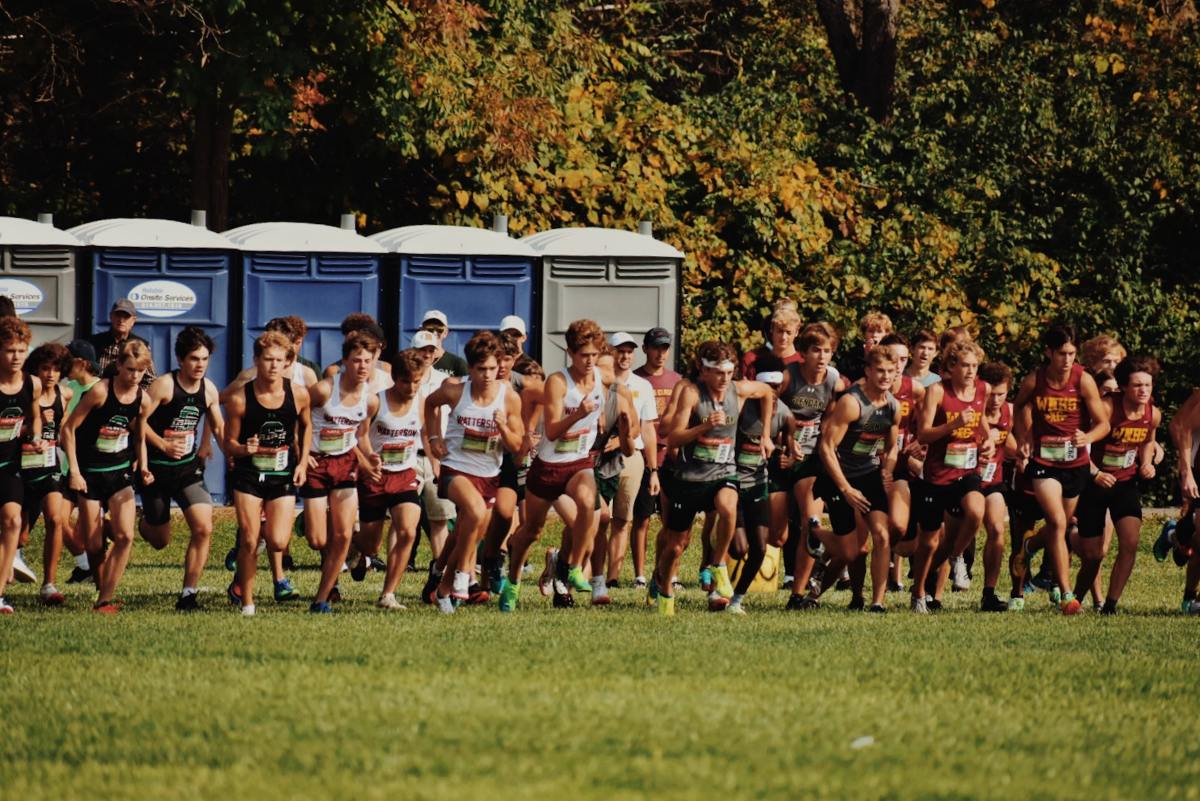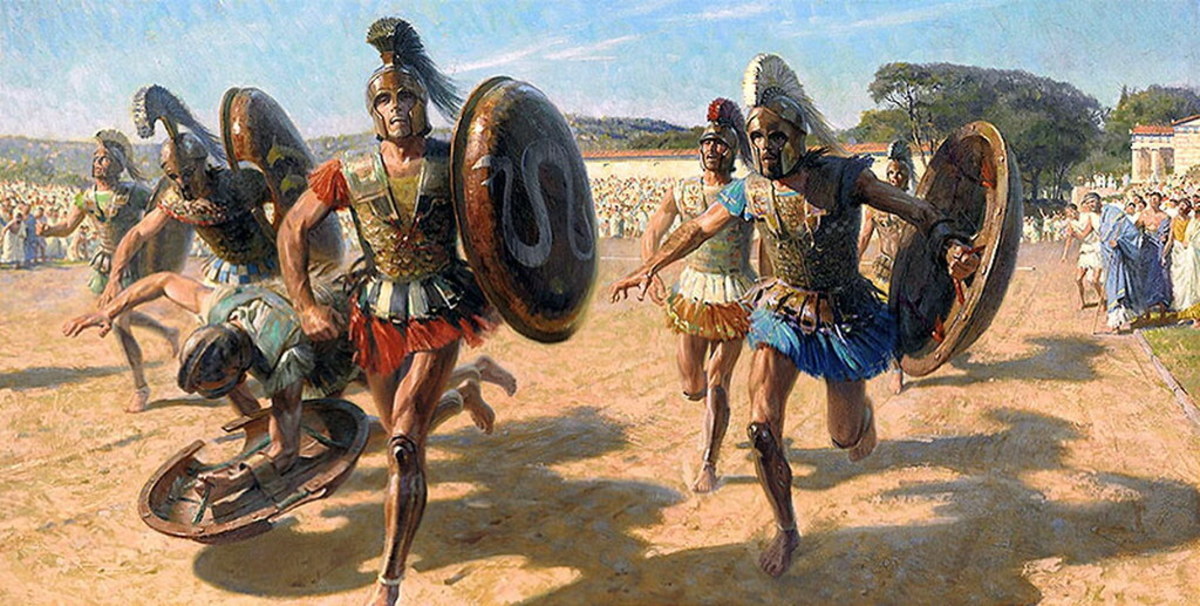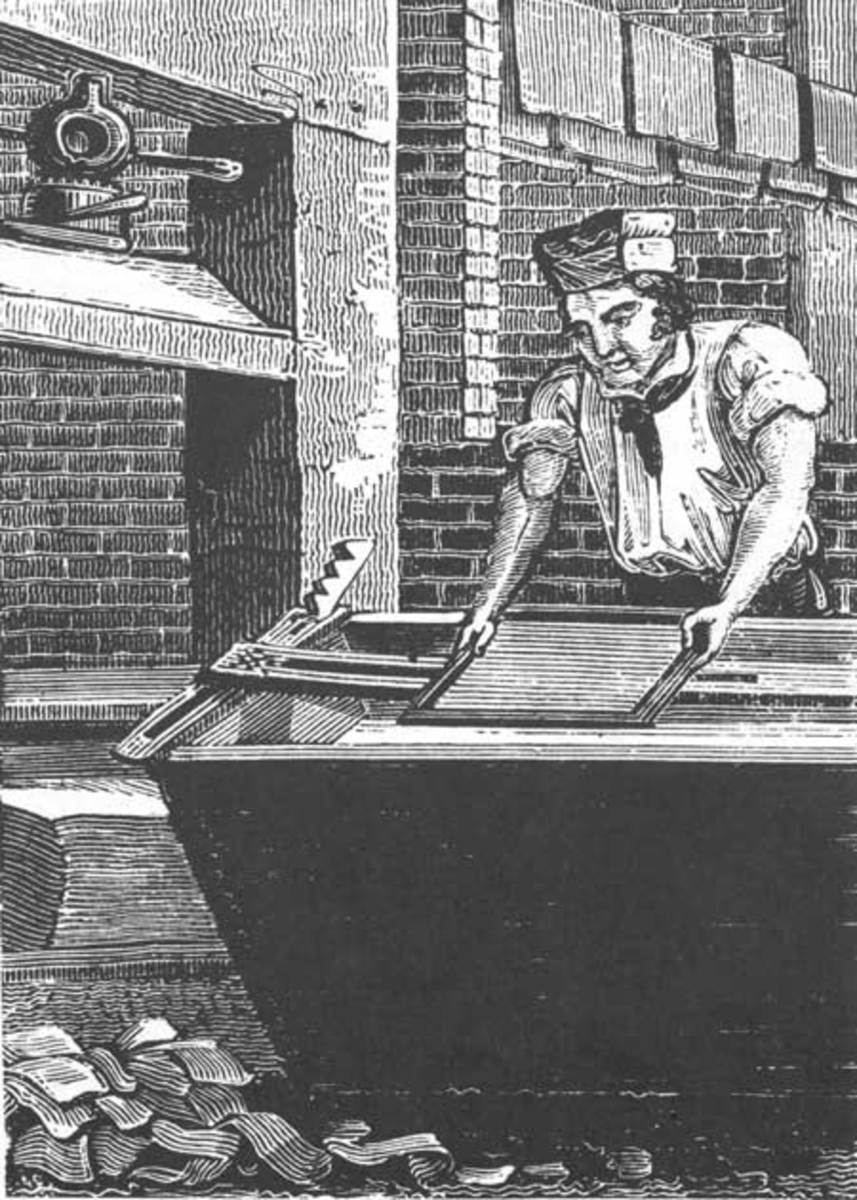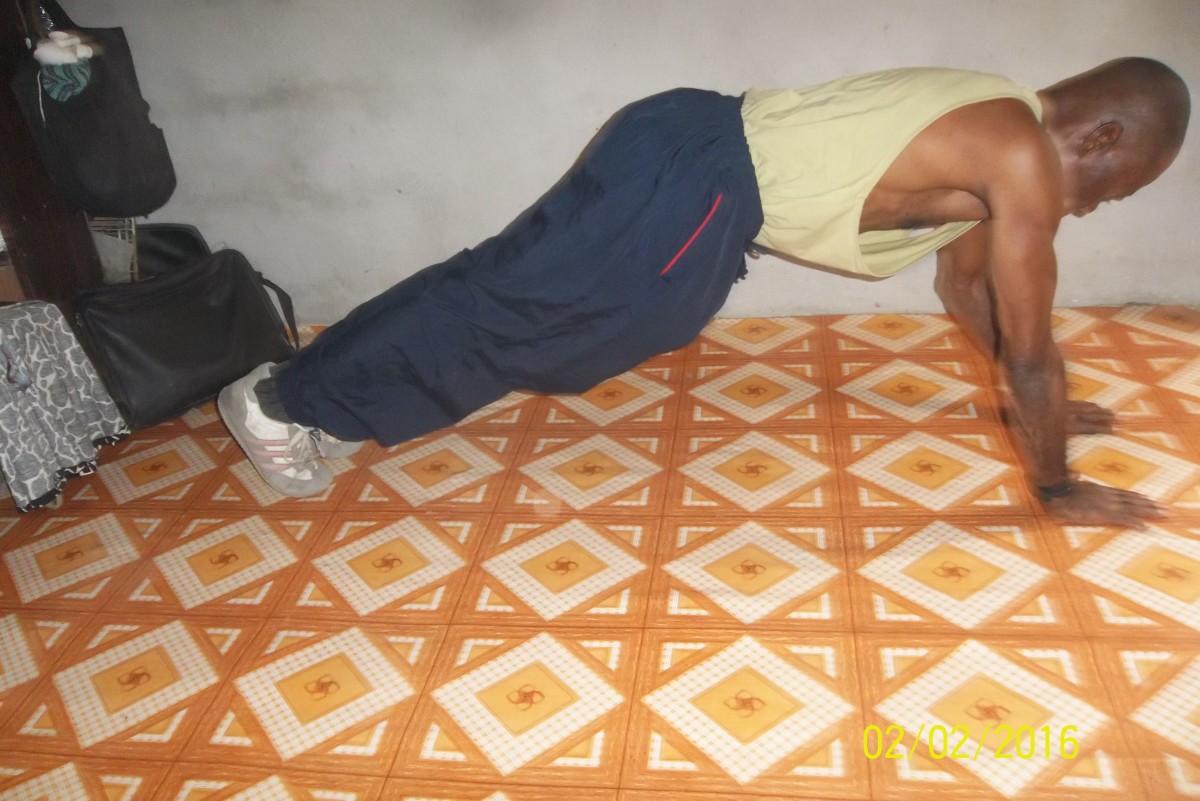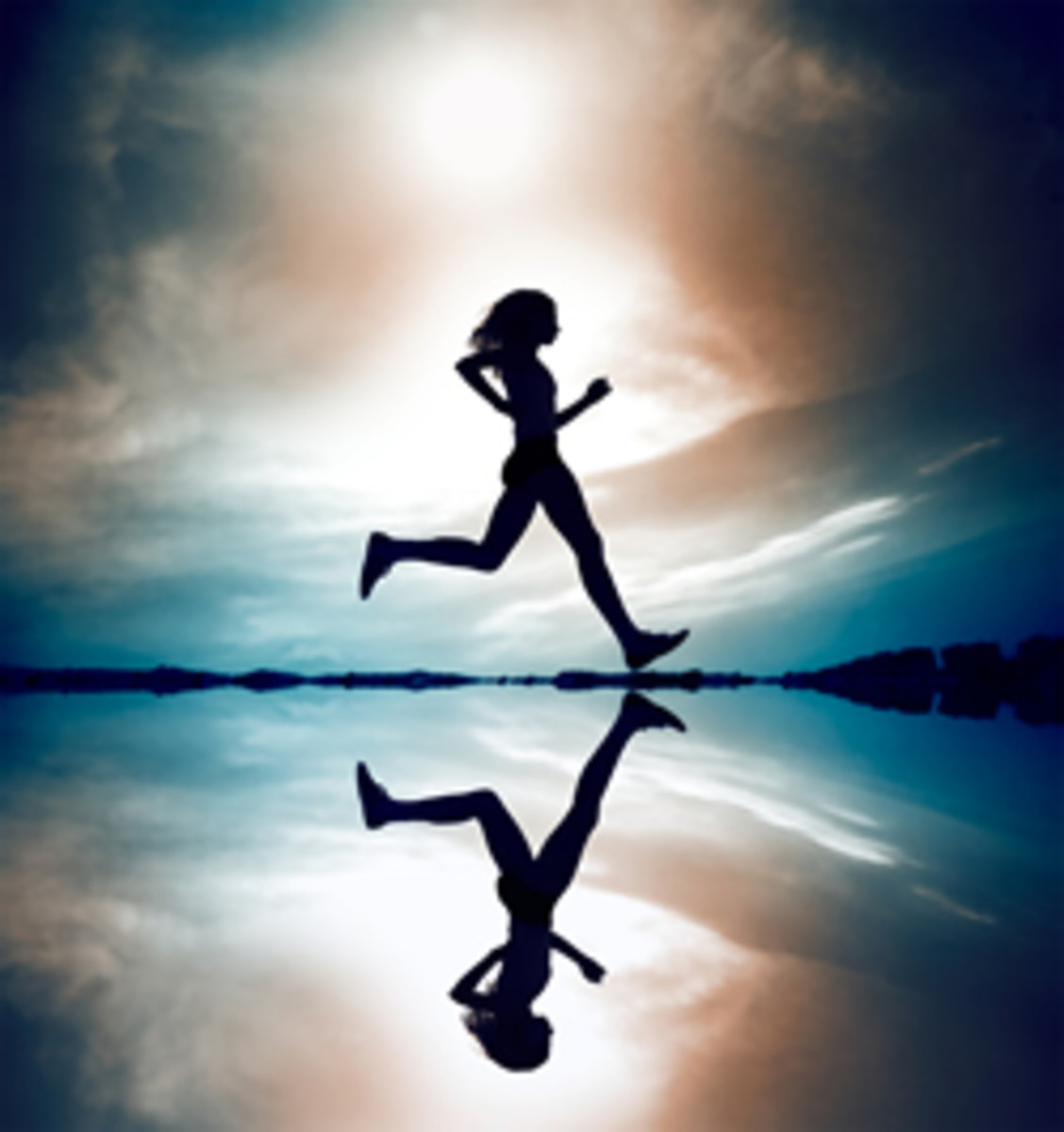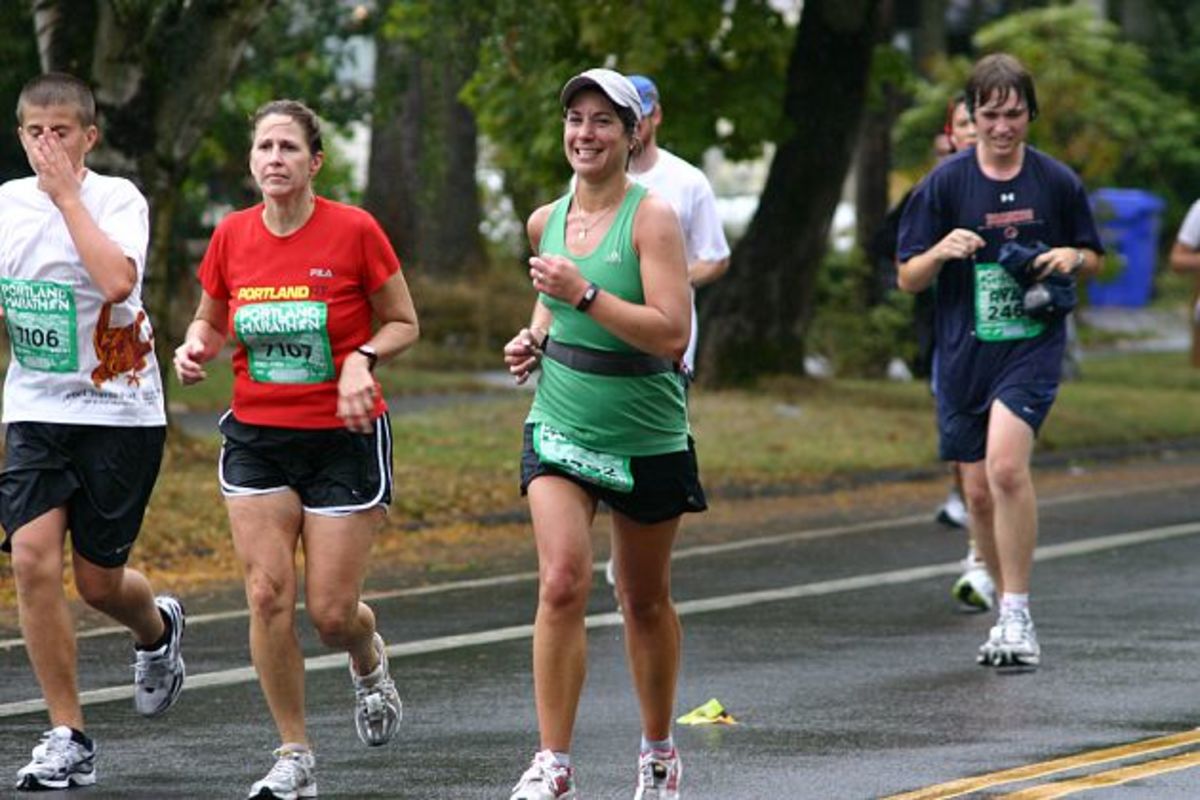5 Misunderstood Running Myths: Don't Let These Stop You
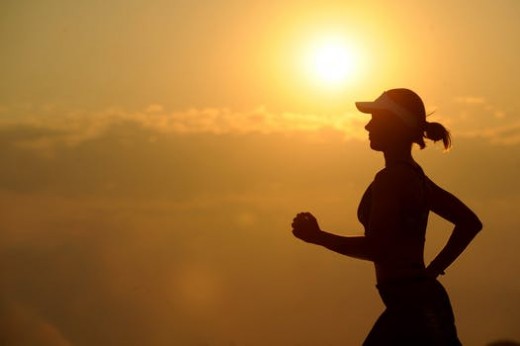
One day, you went to the grocery store and saw a strange comment or two in a magazine article about running. You're reminded about why the internet is such a wonderful tool: It has so much information and it's what we use to fact-check. It means we have an array of sources to choose from and no longer have to rely on print.
However, myths exist on the internet, too. There are some myths about running out there that are neither true or false. Those of you who enjoy running want to make it a boon to your health, rather than the opposite. You wouldn't want to miss out on running on the off-chance that a certain practice is harmful, right? Read on to debunk 5 common running myths and find out what exactly the truth is, backed by medical research.
Myth #1: Runners Get Bad Knees
This is the most misunderstood, because it makes the most sense: Your knees take the impact of pounding on the pavement, increasing your risk of arthritis. Well, not only is it not true, but runners actually have half the risk of developing arthritis than walkers. A study in 2013 showed that the health benefit is not from running itself, but from having a lower BMI. Believe it or not, the largest risk factor for knee osteoarthritis is obesity.
Myth #2: Stretching Is Necessary
We think we need to stretch to reduce our soreness afterwards. However, it doesn't do much. Movement matters more, because too much flexibility can increase risk of injury if you exercise right afterwards. The point of getting limber is to be moving at the same time; static stretches might be bad for those who sprint. Better yet, have a warm-up jog.
Myth #3: Running Barefoot Reduces Injuries
The minimalist movement, inspired by the Tarahumara natives in Mexico, has spread the belief that running barefoot is better because you gain endurance, and feeling the ground reduces your risk of getting hurt. Especially if you run almost tip-toe. But it's not true, according to a study in 2009. Sports scientist Dr. Irene Davis thinks that the Tarahumara running in sandals or barefoot makes them run differently from the rest of us, since over-supportive running shoes prevent full muscle movement. What you can take away from this is the importance of a varied terrain to avoid repetitive use injury rather than what's on your feet or not. Also, strength training helps your endurance by maintaining proper form.
Myth #4: You Shouldn't Run More Than 5 Miles A Day, Or You'll Die
A slight variation on this myth is that you shouldn't run more than 20 miles a week. Both result from a misinterpretation of editorials, opinion pieces, a conference abstract, and a heart study. People who interpreted them negatively did not account for existing cardiac issues and habits, such as smoking. Running simply isn't to blame.
Myth #5: Sports Drink Are Ideal
Back in my day, Gatorade was the sports drink. Its original 70s formula was a blend of electrolytes, fruit juices (usually lemon, lime, and pineapple), and water. There were even bits of fruit. Over time, however, the formula changed, and more sugars and artificial flavors and sweeteners were added. It followed much the same way for other sports drinks that came later on.
Ultimately, the most important aspect about what you drink is about the amount of carbohydrates it has, not that it must be a sports drink. A natural beverage with high carbohydrates, calories and electrolytes will give you enough energy and hydration for any exercise over an hour; less than an hour and water is fine.
There are other myths, but the takeaway is to listen to your body over peer pressure. An appeal to popularity isn't a very good way of knowing how well something actually works. Also, if it only pertains to running and not other forms of exercise, it's probably a myth. Like the old saying goes,"If it ain't broke, don't fix it."
References
Miller, RH, et al. (2014, March) Why don't most runners get knee osteoarthritis? A case per-unit-distance loads. Retrieved from https://www.ncbi.nlm.nih.gov/pubmed/24042311
Williams, PT. (2013, July) Effects of running and walking on osteoarthritis and hip replacement risk. Retrieved from https://www.ncbi.nlm.nih.gov/pubmed/23377837
Herbert, RD, et al. (2011, July 6) Stretching to Prevent Or Reduce Muscle Soreness After Exercise. Retrieved from http://www.cochrane.org/CD004577/MUSKINJ_stretching-to-prevent-or-reduce-muscle-soreness-after-exercise
MemeScythe. (2010, June 4) The Tarahumara: A Hidden Tribe of Superathletes Born to Run. Retrieved from https://www.youtube.com/watch?v=FnwIKZhrdt4
Hall, C. (2014, March 30) Are Cardiovascular Risk Factors Responsible for the U-Shaped Relationship Between Running and Longevity? Retrieved from http://www.abstractsonline.com/pp8/#!/3392/presentation/27801
© 2018 Isabella Moon

